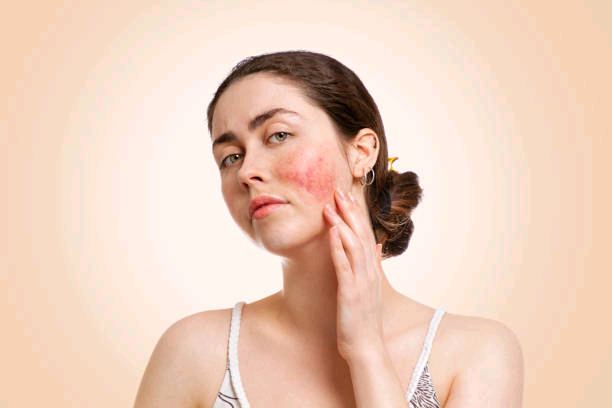#club100 💪 || What You Should Know About Inflammation
I would like to share with you one area of health that concerns itself with the body. The body is a whole structure that has to be always hearty and animated. Today, I will share with you about inflammation, how it occurs, how the body responds to it and how to deal with it. Give me your time and patience fellow steemians, and you wouldn't be disappointed.

Inflammation is the reaction of the body tissues to an irritant or an injury. We can also define inflammation as the protective attempt by the body to an injurious stimuli and to initiative the healing process. There are other purpose to this that is to neutralize, control and to prepare the site for repair. These are some causes of inflammation:
Physical Agents : radiation injuries, mechanical injuries
Chemical agents: drugs, poisons and excessive secretion of HCL
Biological agents: Fungi, parasites
Immunologic disorders
Genetic: Diabetics Mellitus

Inflammation response is a sequential reaction to cell injury. It neutralizes and dilutes inflammatory agents, removes necrotic and establishes an environment suitable for healing and repair.
The inflammatory reaction has three divisions.
- The vascular response:
Following the injury, arterroles briefly undergo transient vasco- constriction, the injuries cell release chemical mediators. Example: Prostagladins, histamine to cause vasodilation. This facilitate the movement of fluid from the capillaries into the tissue. Inflammatory oxidate is being composed of serous fluid which then contain plasma protein. These protein exert pressure that draws fluid from the blood vessels.
Fibrinogen leaves the blood to activate fibrins. Fibrins strengthens the blood clot form by the platelets. Platelets release growth factors and healing takes place.
- Cellular Response:
White blood cells migrates to the site of injury resulting in accumulation of neutrophils and monocytes at the site. The neutrophils phagocytize bacteria and other foreign materials. They have short life span so they soon accumulate as dead neutrophils. Monocytes then migrate to the site of injury. They transform into macrophages. Macrophages clean the site of injury for healing to take place.
Lymphocytes arrive latter at the site of injury.
- Exudate formation:
Exudate contain fluid and leukocytes that moves from the circulation to the site of injury.

There are Cardinal signs of Inflammation
Redness: This is as a result of vasodilation at the site of injury which increases blood flow.
Heat : Due to the increase blood flow temperature in the body is higher.
Pain : This is as a result of pressure of fluids.
Loss of function: This is due to the pain and swelling of the affected part.
There are also some general signs and symptoms : Weight loss, fever Aching etc

There are mainly two (2) types of inflammation
- By duration
- By the time of Exudate
By duration
By duration, we have an acute, chronic and sub-acute.
- Acute inflammation:
It has relatively short duration. It is less than two weeks. It heals and returns to its normal structure.
- Chronic Inflammation:
Has relatively long duration. It can take months to years. It develops when the agent
causing the inflammation is perpetuated.
- Sub-acute inflammation:
This falls between acute and chronic. It can have both the characteristics of acute and chronic.
By the type of exudate
we have purrulent, fibrinogen hemorrhagic inflammation
Purrulent is characterized by pus.
Fibrinogen: Fibrin escapes into the exudate.
- Hemorrhagic: It is characterized by the presence of Red blood cells in the exudate.

Management of Inflammation
The boil in pimples should not be squeezed.
Systematic antibiotic therapy.
Bed rest is advised for patience.
intravenous infusions to patients if dehydrated
Pain relievers must be given to relieve pain.

In conclusion, one needs to keep his or her body clean to avoid fungi, virus and bacteria from getting into the blood stream. Also, avoid chemicals which are corrosive and can cause irritation to the skin. The body must go,glow and grow and it needs you to take care of it.

I hope you have loved it. Keep the passion on steem, power up always, make sure your club computations are intact and steem on. I am glad you came to visit. Thank you for that.
| Phone | Content | Image |
|---|---|---|
| Spark 4 | Inflammation | Image Source |
| Model Techno KC 8 |

It's me @juzkid

Thanks for the education.
You're welcome
You are always on point. Good write up , in-depth explanation, keep sharing friend
You are welcome. Thanks for the visit
Very informative.
Thank you
Ohk. Thanks for the education…🙏🏾